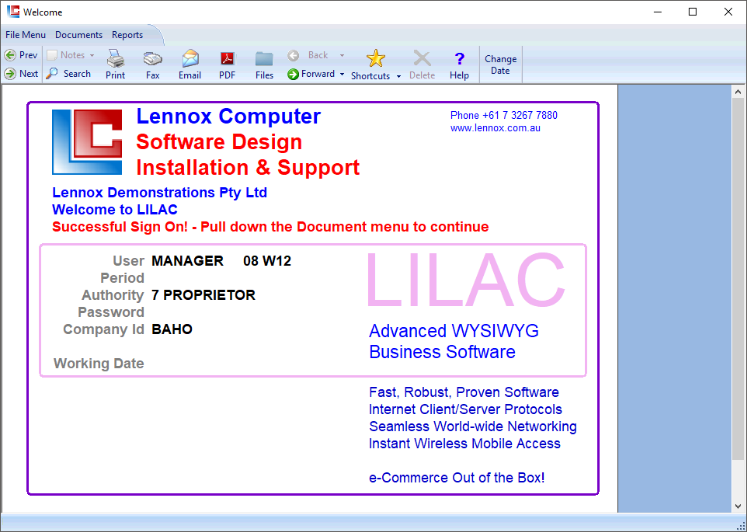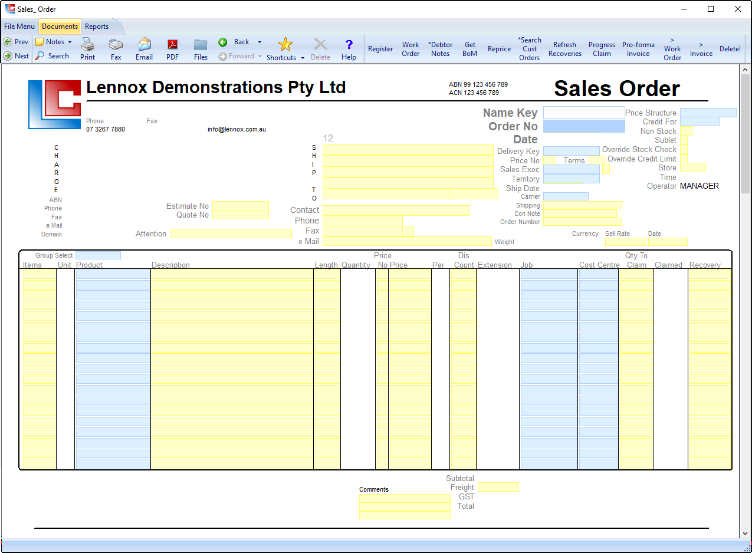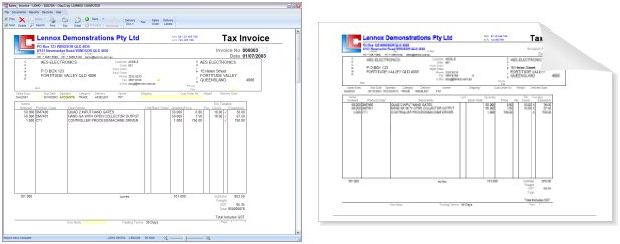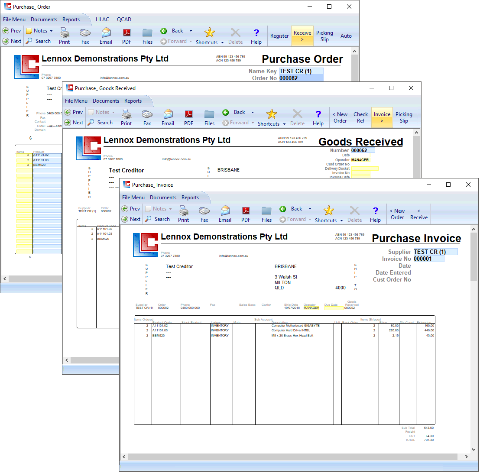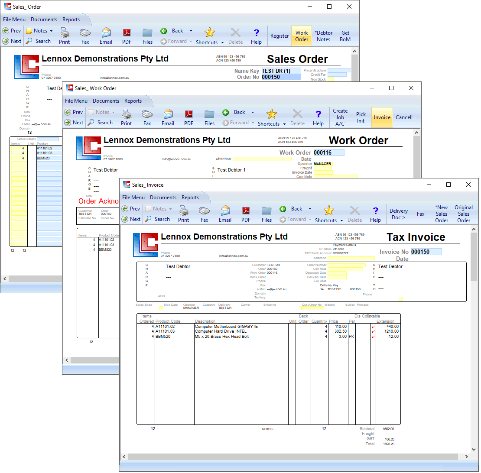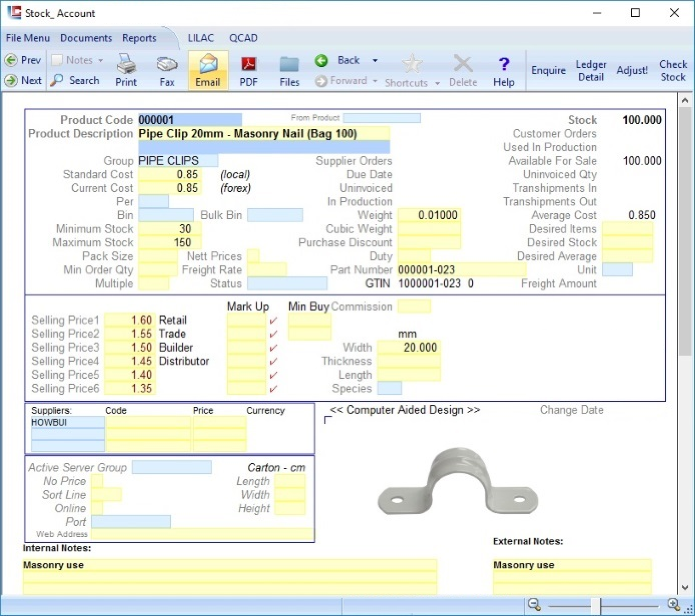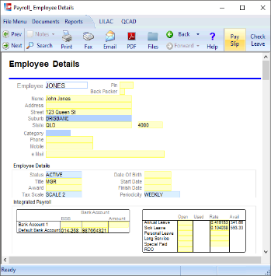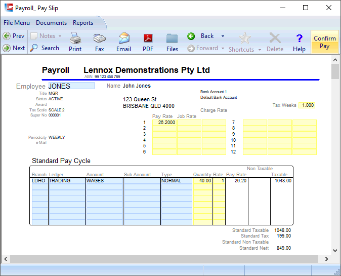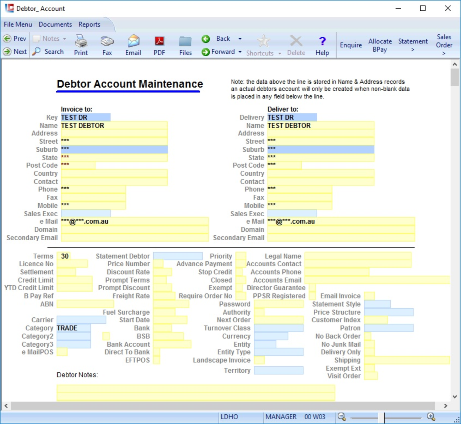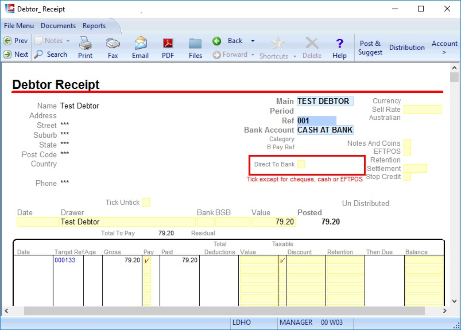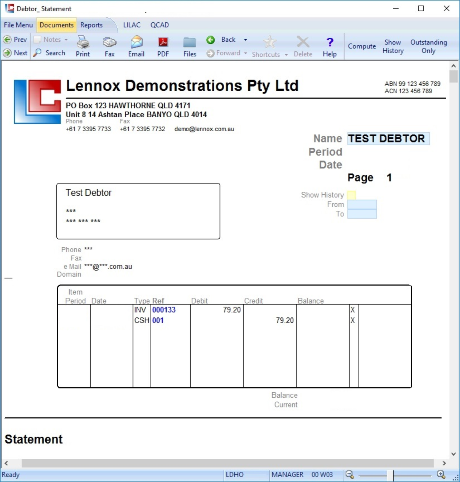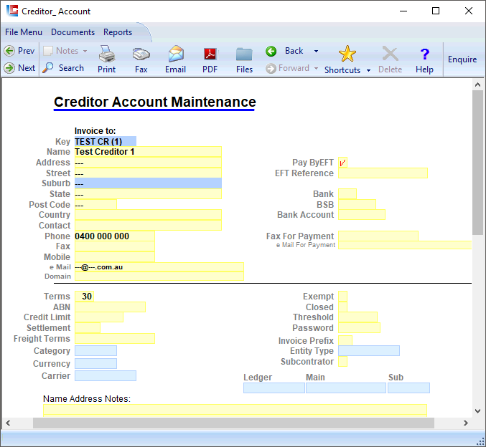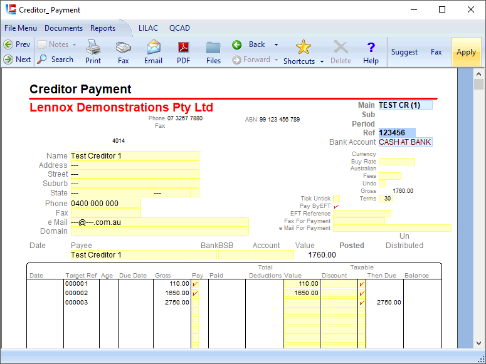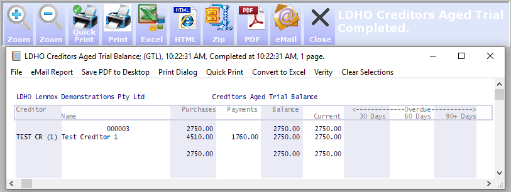Lennox Computer LILAC Business Software
6/333 Queensport Rd North MURARRIE QLD 4172
Brisbane, Australia
http://www.lennox.com.au
Brisbane, Australia
http://www.lennox.com.au
ERP Business Accounting Software
Distribution, Manufacturing, Timber
Phone: 0418 886 912
Est. 1980
| Contact Us | Downloads | eCommerce | Demonstration Software |
LILAC Accounting & Business Management Software - Enterprise Automation
LILAC is a high level business software suite integrating order processing, EDI, and physical business processes - distribution, manufacturing, and job costing - with a comprehensive, whole of enterprise accounting database.
Established in 1980, Lennox Computer provides phone, email, and site support across Australia.
Established in 1980, Lennox Computer provides phone, email, and site support across Australia.
• Remote Access
• Multi-Entity Operations
• WYSIWYG Document Interface
• Multi-Entity Operations
• WYSIWYG Document Interface
• Barcode Integration
• Large Scale Warehousing
• Production and Manufacturing
• Large Scale Warehousing
• Production and Manufacturing
• Order Processing
• Single Touch Payroll
• Electronic Data Interchange
• Single Touch Payroll
• Electronic Data Interchange
|
|
|
|
Users
|
|
|
|
|
|
|
|
|
|
|
|
Operational
Efficiency |
|
|
|
|
|
|
|
|
|
|
|
Document
Presentation |
|
|
.
|
|
|
|
|
|
|
|
|
Integration
|
|
|
|
|
|
|
|
|
|
|
|
Flexible
Accounting Periods |
|
|
|
|
|
|
|
|
|
|
|
Multi-Company
Operations |
|
|
.
|
|
|
|
|
|
Distribution, Wholesale, Retail, Warehousing, Manufacturing, Construction & Contracting
|
|
|
LILAC is a broadly based commercial software package which provides business management modules in a fully integrated balancing double-entry accounting database. LILAC maintains an electronic document database for all required commercial and accounting transactions. It provides a comprehensive reporting system and audit trail, for accounts, stock, sales analysis, and other topics through to full financial results - Trial Balance, Profit & Loss, Balance Sheet, Business Activity Statements (BAS), and Single Touch Payroll.
|
|
|
|
|
|
|
|
|
Transaction Based Data-Capture
|
|
|
All documents within LILAC allow the user to essentially operate in a form filling in WYSIWYG (What You See Is What You Get) environment. What you see on the monitor, is what you get when a document, i.e Tax Invoice, is printed, emailed, or stored. All transactions, such as purchases, sales, stock transfers, etc, are processed with a WYSIWYG document orientation, which means re-keying duplicate entry of data for multiple purposes is completely eliminated.
|
|
|
|
|
|
|
|
|
Windows Graphical User Interface
|
|
|
Very high quality document formatting is implemented with multiple fonts, text & graphics, line drawings, rendered 2D & 3D images, bit-mapped images. These are all available for the production of orders, invoices, statements, and reports.
|
|
|
|
|
|
|
|
|
Multi-Ledger Automation
|
|
|
Subsidiary ledgers such as debtors, creditors, stock, payroll, balance sheet and trading ledger are automatically posted in real-time as a natural consequence of the processing or creation of source documents such as invoices, credit notes, time costing, requisitions, etc. Profit or Loss & Balance Sheet reports are available in real-time as a direct consequence of transaction processing.
|
|
|
|
|
|
|
|
|
Simultaneous Multiple Accounting Period Operation
|
|
|
LILAC permits the simultaneous operation in many accounting periods and multiple financial years within the same database. Accounts staff may continue to operate in past periods for finalisation and revision purposes while sales staff proceed unhindered in later periods.
|
|
|
|
|
|
|
|
|
Unlimited Numbers of Companies
|
|
|
Within a single database as many individually balancing company (branch, subsidiary, dealer, etc) ledgers may be maintained with automatic real-time "loan account" posting generated by the software to reflect inter-company transactions. "Head-office" debtors & creditors provided at multiple levels if required.
|
|

